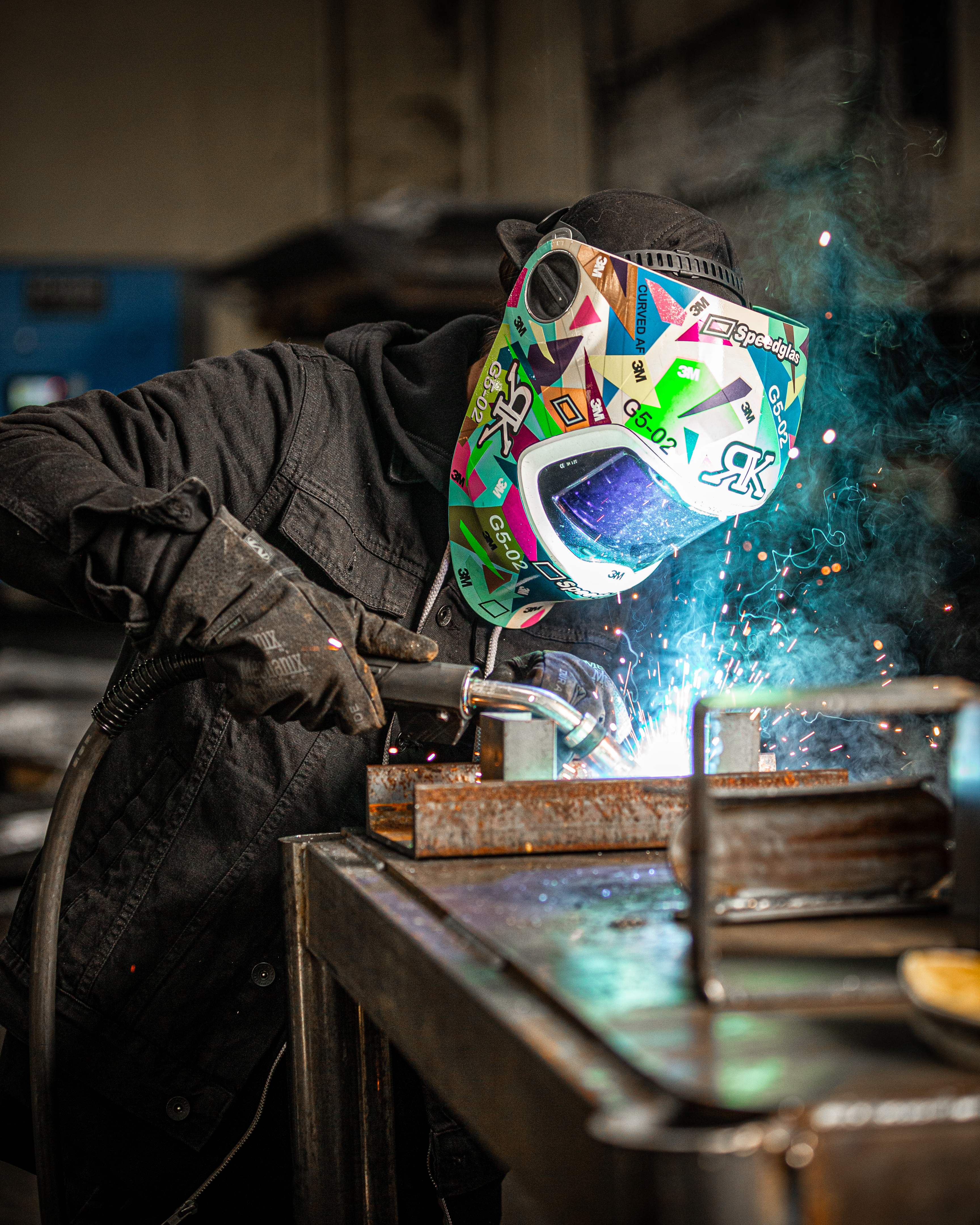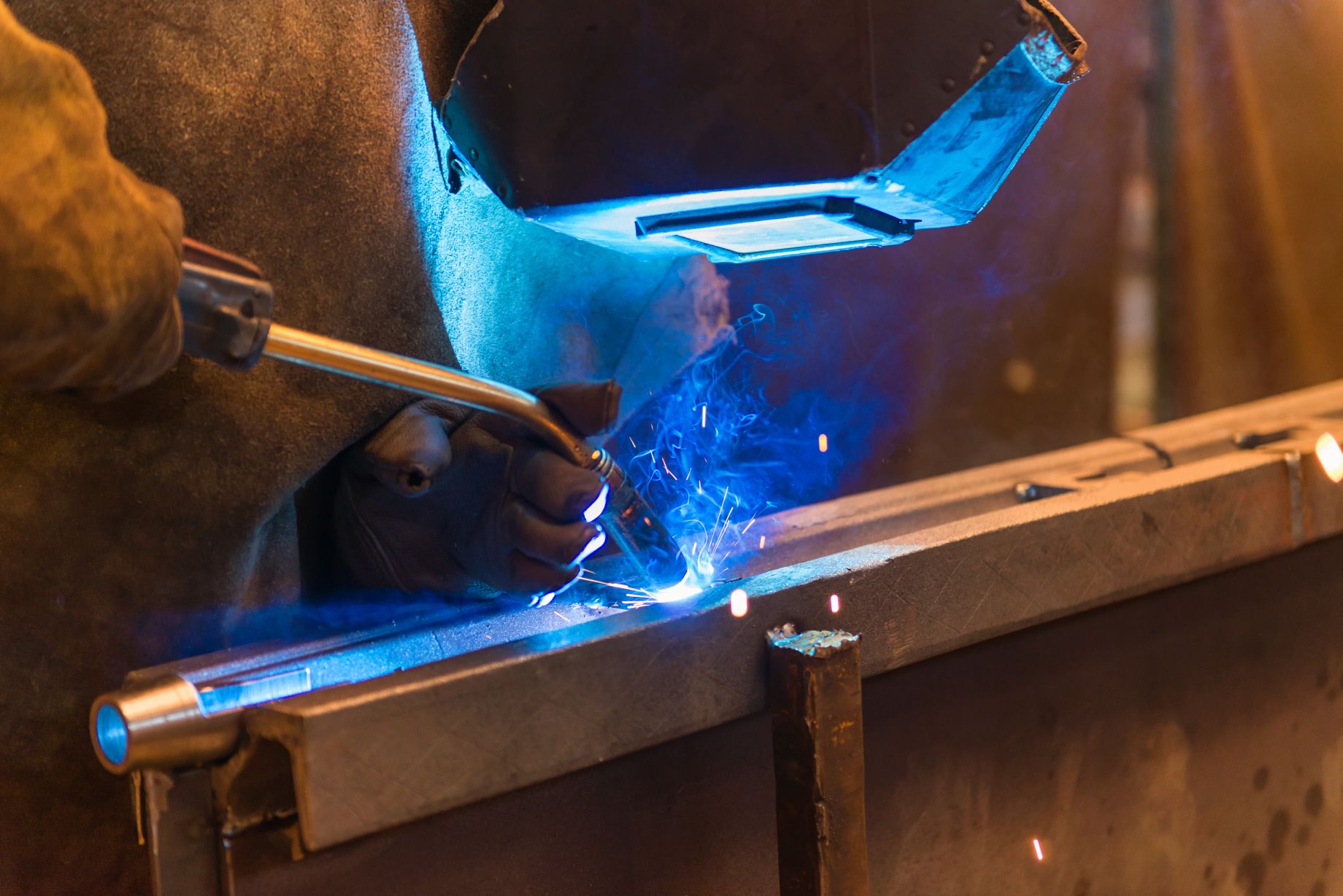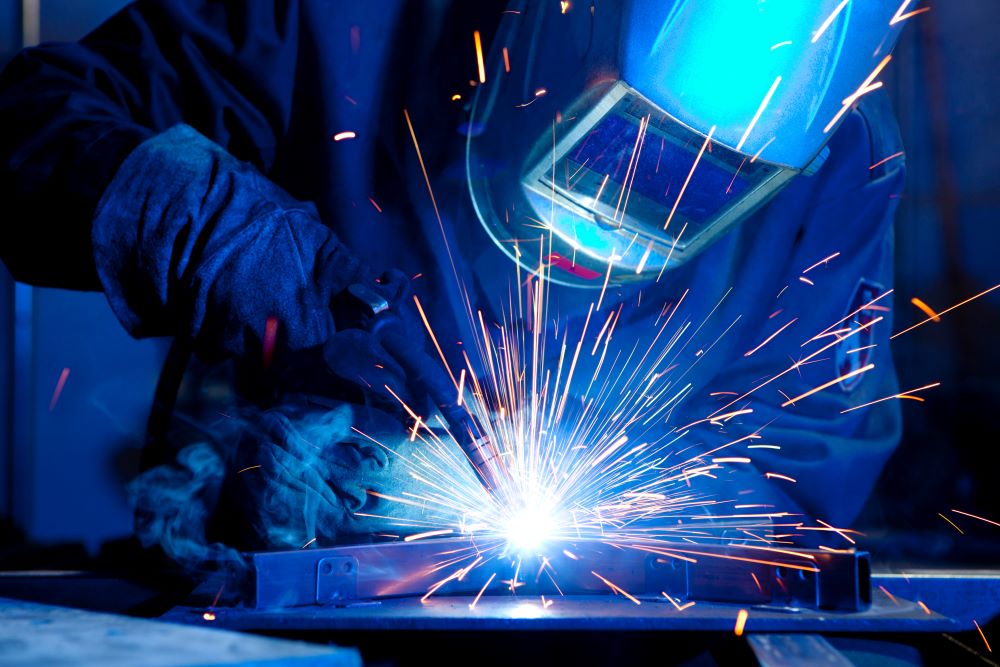Advanced Welding WPS: Customizing Requirements for Facility Tasks
Advanced Welding WPS: Customizing Requirements for Facility Tasks
Blog Article
The Ultimate Overview to Welding WPS Procedures: A Detailed Summary for Welders
In the intricate world of welding, Welding Treatment Specifications (WPS) work as the foundation of guaranteeing high quality, consistency, and safety and security in welding operations. Understanding the subtleties of developing, carrying out, and keeping track of WPS procedures is necessary for welders aiming to elevate their craft and meet industry requirements. As we explore the numerous elements of a WPS and discover the intricacies of certification and certification, we will certainly reveal the essential role these treatments play in the world of welding. Let's embark on a journey to decipher the complexities and significance of WPS procedures in welding techniques.
Significance of WPS Procedures
Understanding the importance of Welding Treatment Specifications (WPS) procedures is important for making certain the quality and honesty of bonded frameworks. WPS procedures work as a roadmap for welders, detailing the required actions, specifications, and products needed to attain an audio weld. By adhering to WPS standards, welders can ensure consistency in their job, bring about reliable and structurally audio welds.
Among the primary reasons why WPS treatments are important is their function in maintaining weld high quality and integrity. Following the defined welding criteria and methods laid out in the WPS assists stop issues such as porosity, splitting, or insufficient fusion, which can endanger the strength and sturdiness of the weld. Furthermore, WPS procedures are crucial for ensuring compliance with sector criteria and codes. By complying with well-known WPS standards, welders can demonstrate that their work meets the essential requirements for safety and security and high quality, supplying guarantee to clients, assessors, and governing bodies. Essentially, the importance of WPS treatments can not be overstated, as they are fundamental to achieving regular, high-grade welds that meet sector standards and specifications.

Parts of a WPS
A Welding Treatment Requirements (WPS) commonly comprises important elements that information the particular requirements for executing a weld, ensuring consistency and high quality in the welding process. The essential components of a WPS include vital variables such as base steels, filler steels, preheat and interpass temperature levels, welding processes, shielding gases, welding placements, and post-weld warm treatment requirements.
Base metals refer to the products being signed up with, while filler metals are made use of to fill up the space between the base metals during welding. Preheat and interpass temperatures are vital for controlling the heat input and protecting against problems like splitting or distortion. The welding procedure details the specific technique to be used, whether it's gas metal arc welding (GMAW), protected metal arc welding (SMAW), or an additional method. Securing gases safeguard the weld swimming pool from atmospheric contamination. Welding settings define the orientations in which welding can be done. Post-weld warm therapy may be necessary to ease anxieties read the full info here and improve the weld's residential properties. A comprehensive understanding of these components is crucial for developing a comprehensive and effective WPS.

Credentials and Qualification
Having actually developed the vital parts of a Welding Treatment Specification (WPS), the emphasis now shifts towards the important aspects of qualification and accreditation in welding methods.

Certification, on the other hand, is the formal recognition of a welder's certifications by a pertinent qualification body or company. Welding certifications are commonly based upon the specific welding processes, products, and positions a welder is certified to function with. Holding a valid welding accreditation demonstrates that a welder meets sector criteria and is experienced to carry out welding jobs to the called for specifications.
Producing a WPS
To develop a Welding Treatment Requirements (WPS) that satisfies sector standards, careful factor to consider of welding processes, materials, and operational criteria is essential. The first step in producing a WPS is to determine the welding procedure to be used, such as gas metal arc welding (GMAW) or protected steel arc welding (SMAW)

Carrying Out and Checking WPS
Upon finalizing the comprehensive Welding Treatment Requirements (WPS) that diligently details welding procedures, products, functional specifications, and top quality guarantee procedures, the emphasis moves to properly carrying out and keeping an eye on the established treatments. Application involves making certain that all welders entailed in the task are acquainted with the WPS and follow it thoroughly throughout the welding procedure. Effective execution and tracking of the WPS are critical for making certain the honesty, strength, and security of the bonded joints, eventually contributing to the general success of the welding project.
Verdict
Finally, understanding and adhering to Welding Procedure Requirements (WPS) is critical for welders to make certain quality, consistency, and safety and security in their job. By understanding the parts of a WPS, acquiring appropriate qualifications and qualifications, creating thorough procedures, and applying and monitoring them effectively, welders can enhance their abilities and proficiency additional reading in welding practices. click to read Sticking to WPS treatments is crucial for creating top quality welds and conference market requirements.
In the complex globe of welding, Welding Treatment Requirements (WPS) serve as the foundation of making sure top quality, consistency, and safety in welding procedures. The welding process details the specific method to be made use of, whether it's gas steel arc welding (GMAW), shielded metal arc welding (SMAW), or one more technique.To develop a Welding Procedure Spec (WPS) that meets industry criteria, mindful factor to consider of welding processes, materials, and operational specifications is crucial. The initial step in producing a WPS is to recognize the welding process to be used, such as gas metal arc welding (GMAW) or shielded metal arc welding (SMAW)Upon finalizing the detailed Welding Treatment Specification (WPS) that meticulously information welding procedures, products, functional criteria, and top quality assurance procedures, the focus moves to properly applying and monitoring the established treatments.
Report this page